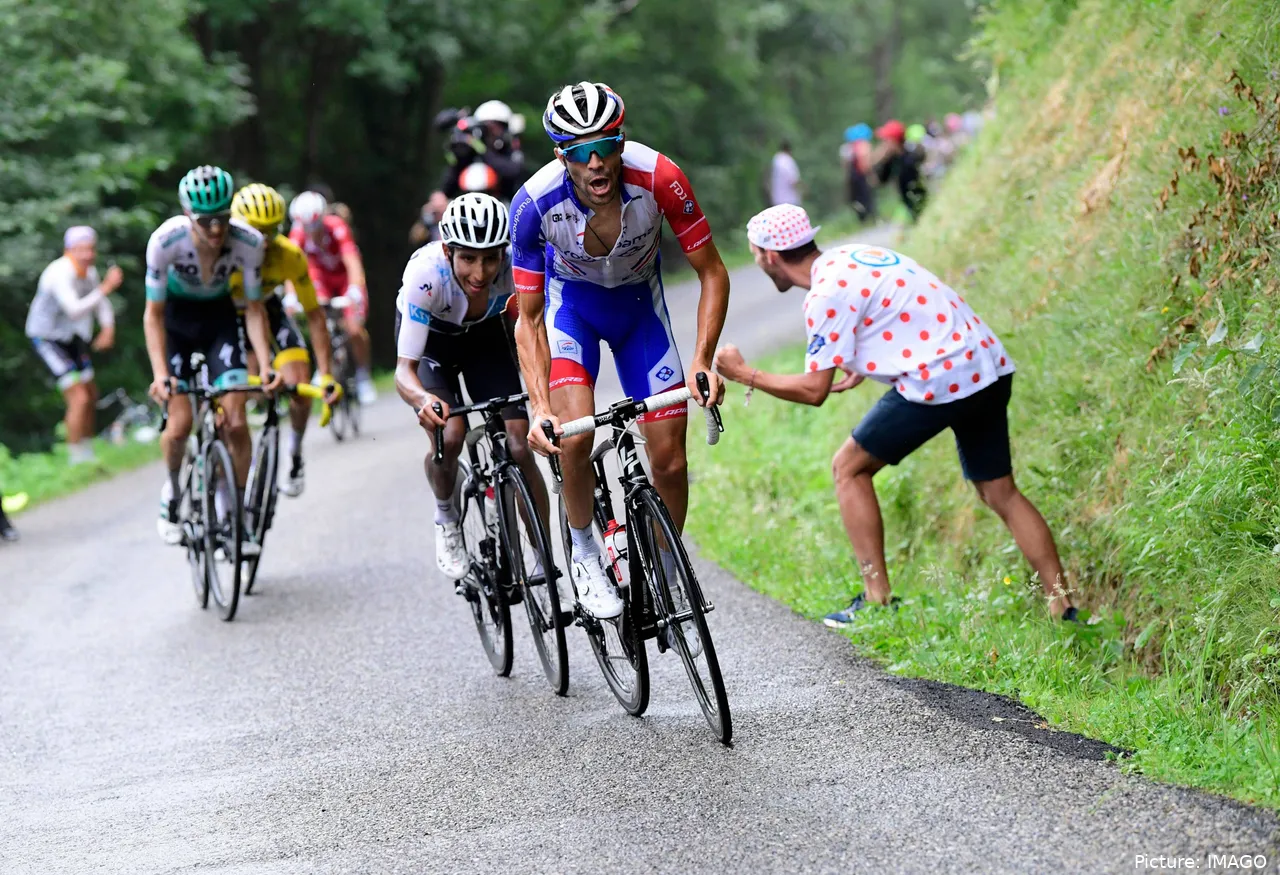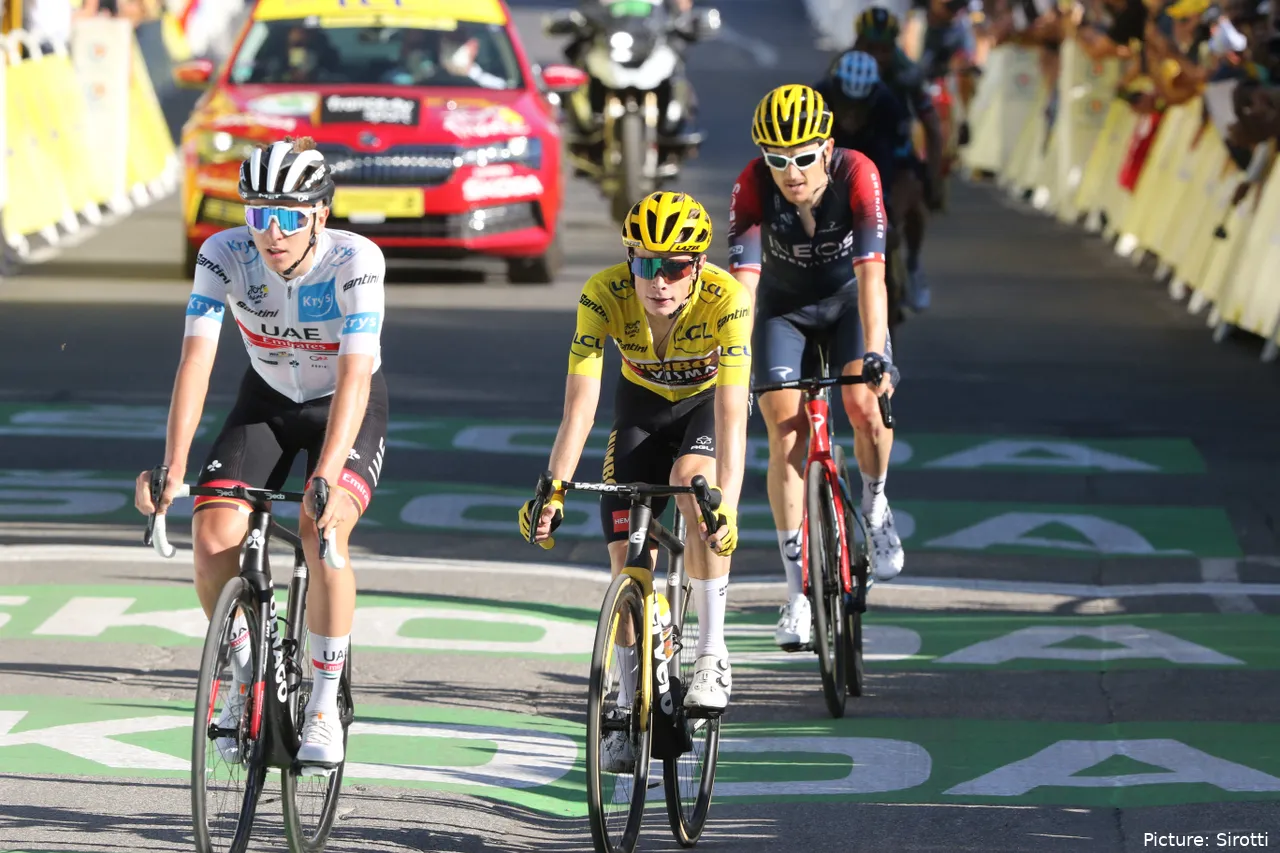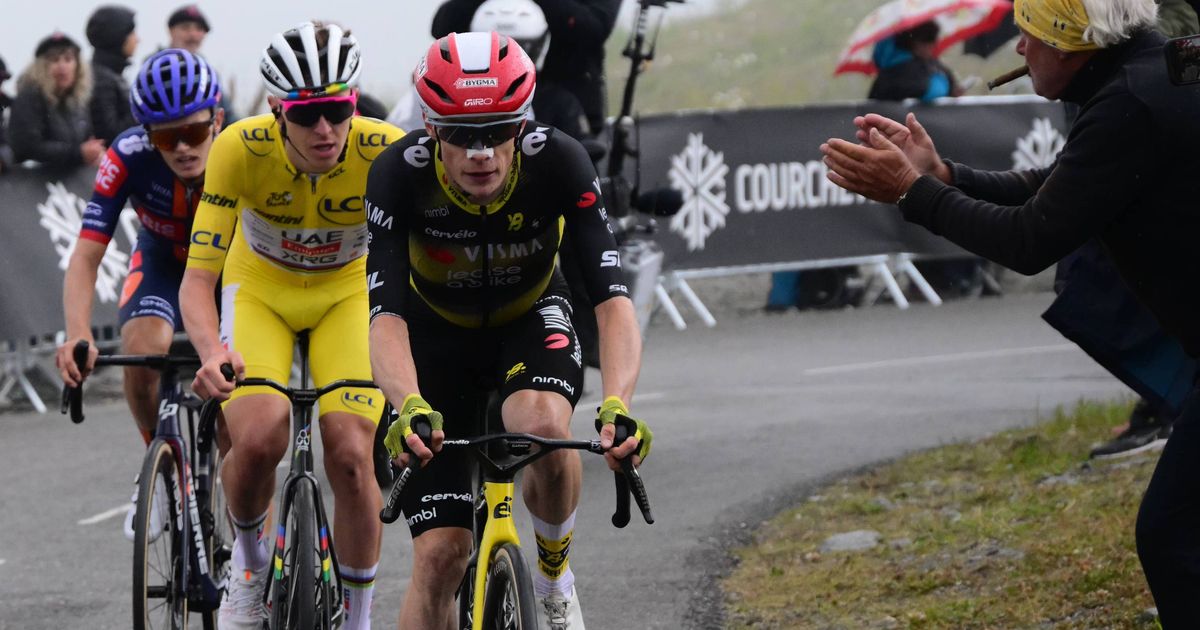Stage 2 will also finish in Barcelona but this one will already see the GC riders in action with a finale in the Olympic stadium, right after the summit of the Alto de Montjuic. This will be a hilly finale that will create more differences in the overall classification and follows a route similar to that of the classic Volta a Catalunya stage. The race then begins to head north into France and on stage 3 the riders have another tough stage on the menu between Granollers and Les Angles, finishing at 1800 meters of altitude on a climb that is 4.7 kilometers long at 4.9%. This is what is already official and publicly known, with the first three stages presenting no opportunities for the sprinters and where the GC men will be in the spotlight at all times.
Pyrenees on week 1From here onwards the route is being pieced together through a few confirmations from local news outlets and rumours that have been developing over the past few months. In large part, these are known and possible to piece together through hotel availability in the cities where the race will pass by, as the Tour’s staff number is extremely high and required a massive and early logistical effort to ensure the race is possible to run – hence, hotels in the locations become full almost a year in advance. Velowire and several other sources have collected information throughout the year, which alongside some geographical and demographical logic, makes it posible to piece together the possible route before it is announced this 23rd of October.
Stage 4 is likely to start in Limoux and could finish in Foix. It seems almost certain there will be a mountain stage in either this or the next stage as the riders are deep in the Pyrenees and it could well be that the riders will have a stage featuring the Mur de Peguère as has been the case on several occasions over the past few years, or potentially a summit finish on the Prat d’Albis where Thibaut Pinot and Mikel Landa attacked the competition to gain time on Geraint Thomas and Julian Alaphilippe.
Stage 5 is likely to start in Lannemezan and finish in the already typical city of Pau which is a constant feature in the race and this will with quite a high degree of certainty be the first real sprint stage of the race. Stage 6 in the meantime should start in Pau and finish in Gavarnie-Gèdre, possible in the Les Espécières ski station after a day packed with high mountain climbs.

Thibaut Pinot attacking the GC group at Prat d’Albis 2019. @Imago
Sprints, Massif Central and return of the Vosges
Stage 7 sees the race head north, away from the Pyrenees and into the flat plains of the French west, with finales in Bordeaux and Dordogne likely. Stage 9 should take place between Malemort and Ussel. All of these three stages could be fit for the sprinters, but its unlikely that there will be such three stages in such consecutive manner, meaning either stage 8 or 9 should feature quite a bit of hilly terrain and fit the classics riders such as Mathieu van der Poel and Wout van Aert.
Another stage which is highly certain is the first one after the first rest day of the race with a summit finish at Le Lioran in the Massif Central having been heavily rumoured for months at this point. The stage should start in Aurillac and be a mix between classics specialists and climbers to fight for the win. A stage finish on the Magny-Cours circuit is likely for stage 11, taking into consideration the increasing demands of more safety in the sprints and the assured presence by multiple sources that it will either be the location of a stage start or finish. Stage 12 should finish in the area, likely with a finale in Châlon-sur-Saône.
The race will be heading northeast into the Vosges for the first time in a few years, where a few familiar sights will be visited. Belfort may host the finale of stage 13 whilst stage 14 is either going to finish atop La Planche des Belles Filles or Le Markstein.

Le Markstein, where Tadej Pogacar won in the final mountain stage of the 2023 Tour de France, could host another stage finish. @Sirotti
Queen stages in the Alps
The race finally moves to the Alps on stage 15 where the race will be decided. The climb to the Plateau de Solaison is given as a certain for next year’s race, however it’s unclear whether this will be a mountain time-trial as this year’s Peyragudes challenge, or a road stage. The latter now seems to be more likely, with the potential for an individual time-trial on stage 16 after the last rest day in Evian-les-Bains.
There isn’t yet a clear direction on what may happen from stages 17 to 19. Alpe d’Huez will be back in the race and host a stage finish, potentially even with two ascents as was the case in 2013 with the use of the Col de Sarenne for the downhill. Stage 18 is very likely to end at Orcières-Merlette and this could be a smaller-degree mountain stage. In most cases, in the day that does not feature Alpe d’Huez – which is most likely to be stage 19 – we could see a finish in Chambéry, with plenty massive climbs such as the Grand Colombier, Col de la Biche or Mont du Chat potentially being presented as the final major climbing challenges of the race.
Stage 21 will finish in Paris as usual and we might see the Montmarte circuit once again being used after the massive success of this year’s experiment. This could mean stage 20 will be a day for the sprinters, their final opportunity before reaching the end of the race.

Tadej Pogacar and Jonas Vingegaard crossing the line together at Alpe d’Huez, 2022 Tour de France. @Sirotti

